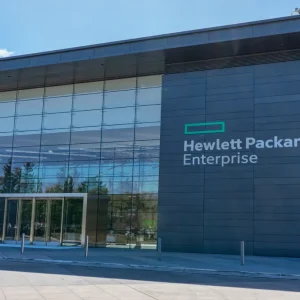
BT Group, the telecommunications firm leading the UK rollout of superfast broadband, has reported a dip in earnings after a hike in business rates and pension costs.
Adjusted earnings for BT slipped by 2% to £1,826m and the firm’s revenues fell by a total of 3% to £5,970m Q3 2017 to the end of the year.
At an operational level, the broadcast company benefitted from an epidemic of football fever with its average BT Sport views increasing 23% year on year, the best quarterly performance since its launch. BT’s net operating cash income increased by £81m to reach £1,596m. The normalised free cash flow pick up by £96m to £702m, predominantly owing to working capital phasing.
BT, the main provider of the government Broadband Delivery UK (BDUK) scheme, saw its Openreach fibre connections top out at a record 600,000 premises. Superfast fibre broadband (at least 24 Mbps) is now up and running in 27.4 million UK homes and businesses. This week, the government confirmed 95% of the UK now had access to superfast internet.
Gavin Patterson, Chief Executive, BT said: “Our third quarter financial results are broadly in line with our expectations and we remain confident in our outlook for the full year.
“We continue to work closely with the UK Government, Ofcom and our customers to expand the deployment of fibre and Openreach recently announced plans to accelerate our FTTP deployment to three million premises by the end of 2020.
Qualcomm, Samsung renew business partnership
IBM ships IoT to Rotterdam and NVIDIA GPU to the cloud
Evolution, not revolution, for Cisco and the network
“We agreed a reciprocal wholesale deal with Sky that will deliver market leading sports and entertainment channels to our BT TV platform by early 2019.”
The network company promises three million connections to ultrafast (100 Mbps) Fibre to the premises (FTTP) speeds by 2020. BT is confident is can extend its reach to 10 million properties by the mid-2020s, contingent on certain external factors.
In November, the Advertising Standards Authority (ASA) announced changes to the way broadband speed claims should be advertised to residential customers. After May 23 2018, companies will be required to market average download speeds available to at least 50% of customers, rather than advertising speeds “up to” a certain limit.
Figures from stockmarketwire.com.






